Alexandra Bruggisser discovers the charm, and the effectiveness of the German training scale…
This is the final article from the landmark workshop with the horse-loving, people friendly, constructive communicating, big-picture-thinking, Christoph Hess. This time we focus on the more experienced riders in the clinic.
Gina Montgomery is a relatively new face to the discipline of dressage but with her imported Hanoverian, NV Wallmeyer (Weltmeyer / Macho) she is rocking the ranks of the circuit. After an exceptionally tight finish at the 2008 Nationals, Gina walked away with second place in the Medium. Christoph raved about the beautiful black gelding and we pick up his thoughts as he realised where the horse’s name was from…
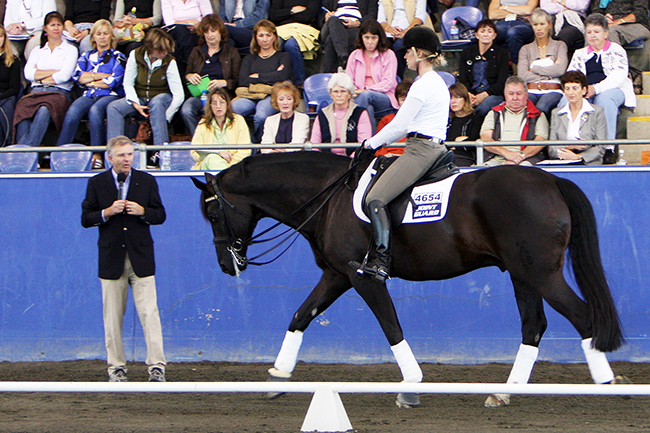
“So I’ll tell Mr Wallmeyer that I saw a horse in Australia with his name! Gina, when he is not immediately starting to trot, then give him both legs and not too much with your spurs. He has to accept your leg. So, very good, rising trot. Keep him in front of you. This boy, he is a little bit lazy.”
Wallmeyer doesn’t look particularly sluggish as he trots around the arena but there is a limitation to the supple ‘spring’ action of his neck. While the horse is moving freely, Christoph is not happy with the frame and he encourages a hesitant Gina to play with it…
“Good, when he is seeking the bit. you can open the frame a bit more. He is very much in the frame of a horse at a competition, but in the warm-up I like to see them stretching more. Ja, he opens the frame. He has to open the frame more. he’s a little bit over-bent. Okay Gina, when he comes more up with the poll and head then come more with your inside leg. He has to maintain a more downhill tendency. Now shoulder-in tendency, not proper shoulder-in but a little of that feeling. Driving into it.”
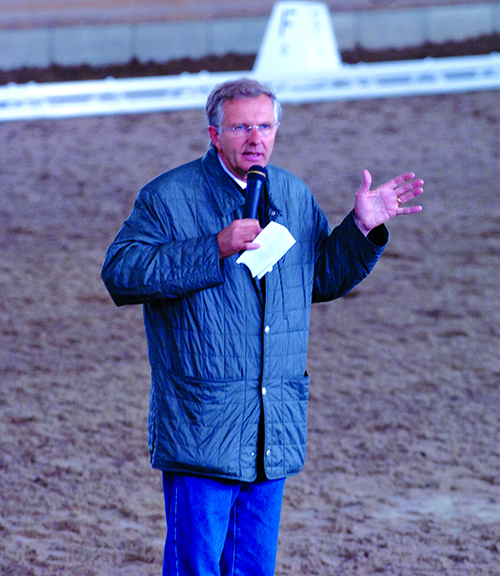
I felt myself smart at those two little words – downhill tendency. They are very unfamiliar terms to heart when we always seem to be striving for more uphill movement with more jump. The results of achieving more downhill tendency are astonishing – the horses relax and work over the back as they seek the riders’ contact.
story continues below the advertisement
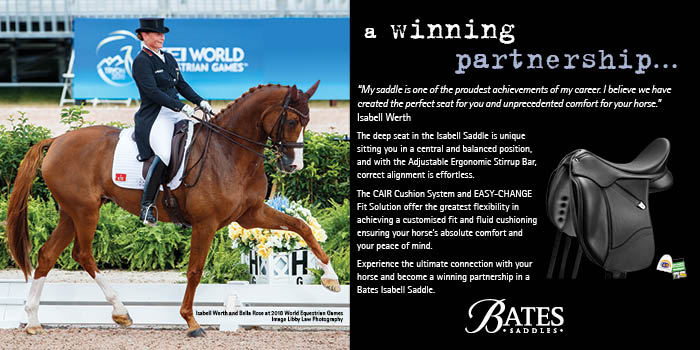
Chirstoph started to reminisce about ‘a lovely chestnut stallion’, he knew, which was okay in the walk and trot but had ‘a SUP-ER canter and SUP-ER flying changes!’ He was explaining that good horses won’t necessarily receive the same mark for every pace but that their lesser paces can be improved. Coming back to Gina…
“I think when there’s such a horse, a nine for the canter but not more than a seven for the trot – not more, nicht – there is an eight in the tank. Ahh, this is coming closer and closer to a ten – super walk! So, heels down because the judges look to the rider’s position as well.”
“Very obedient horse, and now the reins as long as possible. Now the rhythm is good, but the contact is not so good, and until the contact is good we can’t come to the impulsion according to the scale of training.”
Over the three days of the clinic and the judges’ seminar, big transformations could be seen in the horses’ ways of going. Lizzie Wilson-Fellows and Let’s Imagine were a clear case of this.
“You have a great balanced position. You always sit a little bit forward, in Germany we say the remontasitz, it’s so lovely for the horses. It’s a wellness position for the horses. Later on, it is not so good for collection, but for this horse and its way of going, it is perfect.”
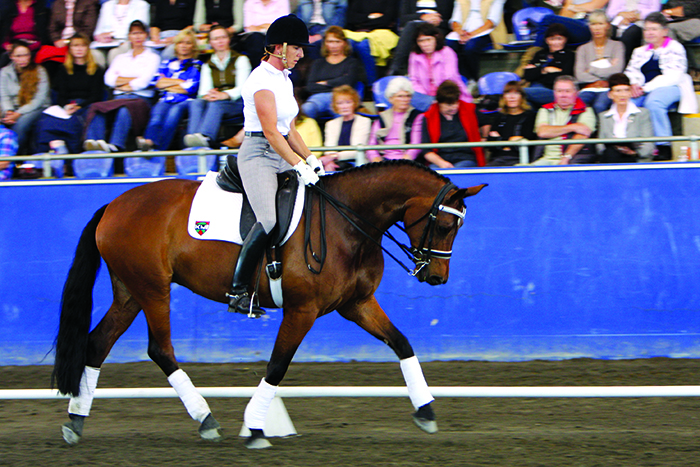
“Start on the circle but not with inside rein, with the inside leg. Can I take the whip so that you can concentrate on your hands and fingers? Now don’t use the inside rein to bring the horse on to the correct contact, she has to work a bit come. Come, and give the inside rein. No problem if she is counter-flexed. Come on, inside leg. Don’t help her – help yourself, like at a party when you find nice things to eat. She has to help herself, you guide her, but she has to find her own way.”
“Such a lovely sympathetic mare. Lizzie can you use the total arena please, outside the 20 x 60 – so that you don’t use the inside rein, only with the outside rein, and let the horse move! Very good! And give the inside rein as long as necessary, lovely. From these great steps to smaller, collected steps. Don’t help her. Never ever hold her, yeah, now she’s coming to the right position. Don’t help her, she has to find her way and you are very careful with the outside rein. Better and better! A lovely mover. She tries in the right direction but help her to find it. To stretch, to seek the bit. Wow, give her the wellness feeling.”
story continues below the advertisement
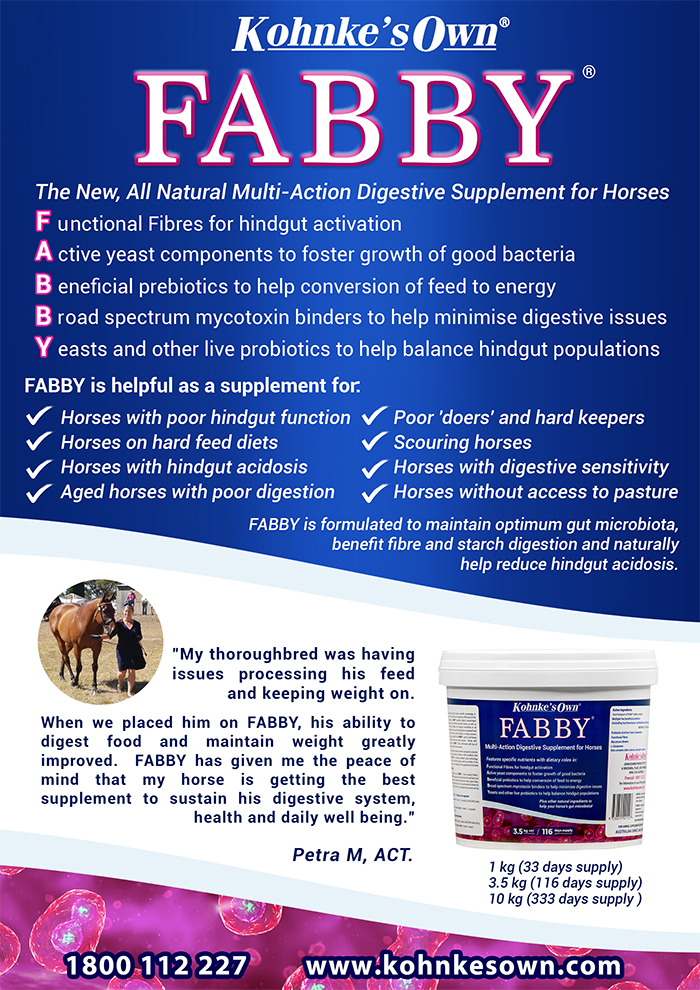
“Don’t accept a pony canter. She has to come over the back. She’s a typical mare, she has to come over the back with an elastic back.”
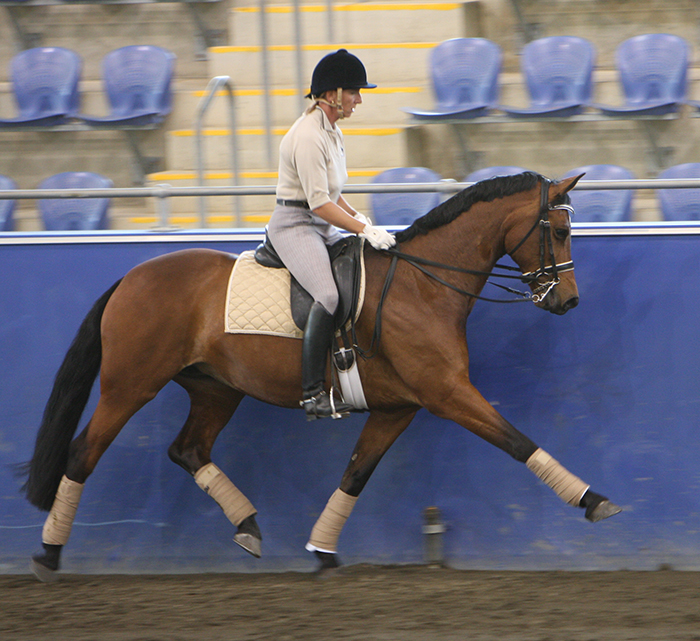
Not only were there transformations within the horses, but the riders’ trust and acceptance of the new work Christoph, also developed over the three days. Initially, Christine Crawford seemed a little cautious about the new methods but by the final day when I spoke to her about her lessons on Krack A Jack…
“Very happy. He’s good at explaining the philosophy of what he wanted and I’m sure when you go away and you actually analyse it, it’s what we all consider to be the warm-up phase and I don’t think any of us concentrate enough on getting those things quite perfect before moving to the actually training stage. So I suppose part of it does kick over to the training stage if you don’t have those basics then it’s really just trick riding.”
So are you going to use this now, as a warm-up?
“Well I think because this horse really struggles with seeking the contact, that could be definitely be more positive to get that correct contact feeling. Which is something that won’t just take five minutes but you need to be careful in how you incorporate it into your training. You definitely have to take time to experiment with that.”
story continues below the advertisement

Next, an experienced overseas campaigner, Matthew Dowsley riding Northern Simba and the stage of working towards the one-times changes. The training begins with combining just two consecutive changes. I had never thought about how you would go about teaching tempi-changes and so I found it amazing to watch the punchiness of the work.
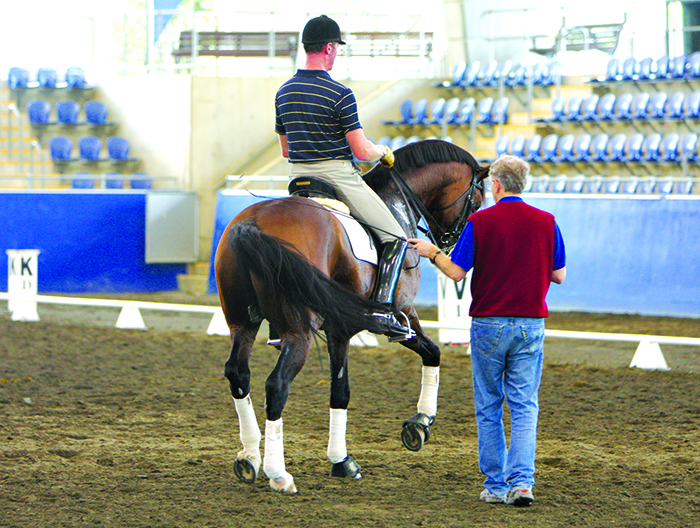
Simba also seemed to be struggling a little: “The horse was to do a super job. This confusion in the beginning was his fault not yours, he didn’t know what to do. He wants to do a super job and at the end of the day he loves to do these movements. He is the type of horse, I think, who loves to do new movements. this was for me amazing to watch, he’s very intelligent, he tries to do it. so, do it again and if you have a good feeling, then you ask for a third change. Straight, straight. Okay, the mistake was coming, you were a little bit crooked from the right side. Straight, so before you start, a little shoulder-in and then start the changes. Walk, good. That for me is how you should approach them. You could see where the mistake was coming from. And then it’s enough because we don’t have more concentration at the moment. Well done.”
“You have a wonderful timing for the tempo. It’s enough forward and with cotrol this is the fantastic balance you have. Many people think forward and runnning but you have the feeling with top class control and he is waiting.”
story continues below the advertisement

I found it amazing how easily Christoph built a rapport with each rider, as we move to the next combination, Claire Seidl and the 13 year old stallion, Worldwide PB.

“Another very good rider, I judged her in 2008 here at the CDI riding a grey horses… How many nines did I give you? Four! Four nines! And a nine for a position in the saddle. And I like the way she is riding and training the horse. A rider who I think has a good position and method of training her horses. At first she will let the horse stretch and relax. It’s a very nice picture. He’s not an easy horse to ride, he is a stallion and gets a bit lazy.”
“He has a god forward going trot, now she closes the trot a little bit, not using the reins. And into canter. When you have a horse like this in the beginning it’s always to ask a little bit more, to make the horse active from behind – because when the horse is active from behind it is easier for us with flying changes. So on the long side, flexion, a little bit shoulder in tendency. When you use the whip you don’t have a clear response. In German we say Er macht hinten zu – he closes behind. You can see he is a stallion, as soon as the other horse comes into the arena he becomes distracted.”
“Lengthening the strides and shortening the strides with your position. You do this in a very nice way. You are able not to lose the impulsion. Everyting is wonderful! Quality riding, a top class preparation. You ride him with your position – fantastic. A question to the judges – what marks would you give for the medium or extended canter? 8 -9? Okay, very good. And she is not hurrying the canter, she makes the strides longer. Look at the hindlegs, how they come underneath!”
So after three days in Education College Hess, my eyes have been opened to the differences that exist within the world of dressage training. I did not arrive expecting to see one-handed, stirrup-less and long reined displays, but now that I have, I have rather the feeling that now I have seen riding that is not trick riding, quite the contrary, I think we have seen a window into a considered and well-being focussed strategy. I must admit this German strategy intrigues me so – time to find out first hand…??
This story first appeared in the May 2009 edition of THM.

